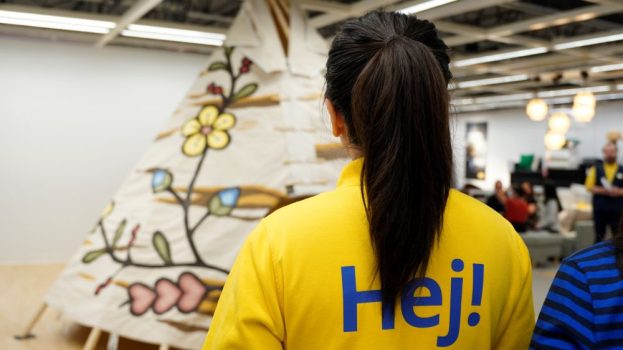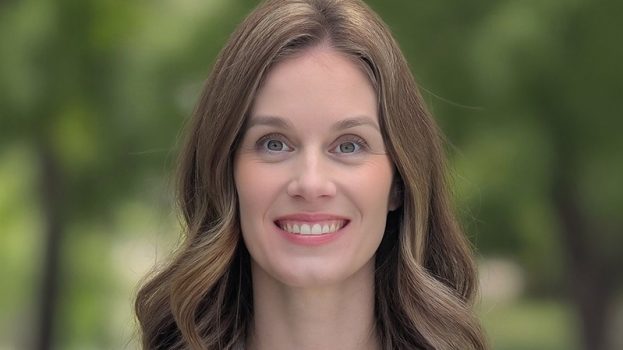Kierkegaard famously said “Life can only be understood backwards; but it must be lived forwards,” and looking back at single use plastics, our future selves may wonder why it took so long to be more forward thinking about waste.
In 2019, Loblaw announced it would be the retail partner in Canada for circular shopping platform Loop. And in one of his messages to customers when Loop finally launched its pilot phase last month, Galen Weston did something of a mea culpa, admitting that Loblaw is part of the plastic waste problem and, therefor, must be part of the solution.
According to Environment and Climate Change Canada data, Canadians produce an estimated 3.3 million tonnes of plastic waste per year, and what ends up in landfill annually is equivalent to the weight of 24 CN towers.
Elyse Boulet, president and partner at Pigeon Brands, says that unfortunately eco-packaging’s momentum experienced a bit of a slowdown for some of its own clients and when the pandemic hit, a lot of them started to refocus their efforts. According to Boulet, suppliers were asked to limit SKUs and revisited brand portfolio and product portfolio strategy, to focus on those products that are selling well, putting a “a bit of a pause” on what was going on.
However, Boulet maintains, consumers are still concerned about the environment. While growth in sustainable packaging is expected be down about 12% year-over-year, it is still projected to grow in 2021. She says not to rule out a return to packaging being top of mind, but that it may just take some time, when you factor in R&D, suppliers, supply chains, and also brand investment, which can be considerable.
That’s where a program like Loop comes in, to help offset some of that work. But while non-disposable alternatives to everyday toiletries and slick metallic refillable Häagen-Dazs containers Loop provides are headline grabbers, how retail itself is structured could be the bigger story behind how we engage with brands more sustainably, at least according to Ian Morton, chairman of environmental consultancy Summerhill.
For example, Morton tells strategy that large retailers were already rethinking large store formats due to their cost, something that was accelerated by the pandemic inexorably changing the shopping experience. But a 50,000 square foot store could house a broad assortment repurposed for large bulk refill systems. This would eliminate a lot of single use plastic packaging that represents cost savings for the retailer and customers, while also cutting down on emissions generated through the shipping process by lightening the load.
“It’s about doing something with the physical assets you have,” Morton says. Loop has said that it does plan to also offer package refills in-store at Loblaws, mirroring what it has done with retail partners in other markets.
Boulet is buoyed by consumers willingness to pay more these days for something more sustainable, which was not the case in the recent past, she admits. Brands that are doing it right, she says, are exploring with micro markets to see how products resonate with consumers.
If you are a Costco or Walmart, Morton says, you recognize that the way people shop and products will change. So while there have been logistical hurdles that have prevented retailers and suppliers alike from more actively making their supply chains more sustainable, it makes business sense to rethink their models, in that they will be obligated to pay up or be regulated out of selling certain types of things. Morton points out that the most concern and criticism about waste retailers generate is levied by younger consumers, and that fundamentally, waste costs money whether it’s in supply chains, store operations, product end-of-life or reputation.
Of course, there are always going to be products lacking an easy refill system, like maple syrup, which are a much more complicated category than just refilling and restocking your own pasta or nuts, for example. Smaller entrepreneurs are already up and running operating boutique refilleries. Bigger brands are also getting on board: Coke has created a “milk man” model in Brazil, using rewards to drive adoption – resulting in what the company says is a 90% return rate.
“When you have Coke testing reuse refill in Brazil, that’s an early stage and area of precedence that could happen in North America in the near future,” Morton says. But that also shows that if retailers aren’t figuring out what they could offer in this new product lifecycle, they risk getting cut out.
























